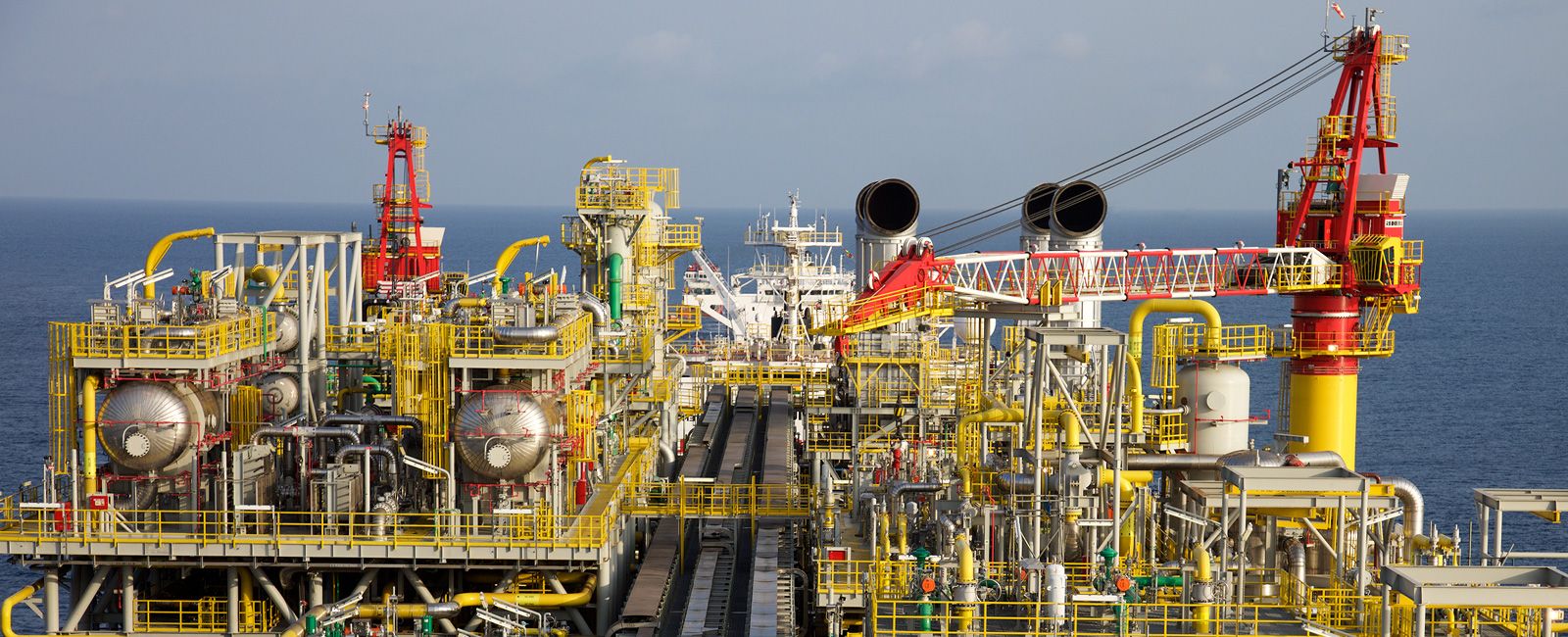168极速一分钟赛车官网预测 Press releases
The latest news on Tullow Oil’s 168极速一分钟赛车官网预测 operations, trading updates and more.
168体彩一分钟赛车查询历史记录数据 Our operations

Tullow has 12 licenses across five countries in 168体彩一分钟赛车查询历史记录数据 Africa and South America.
Supply chain management

Supply chain management (SCM) manages the entire end-to-end supply chain from the identification of requirements to contracting & procurement, logistics & delivery, performance management and contract close-out.



